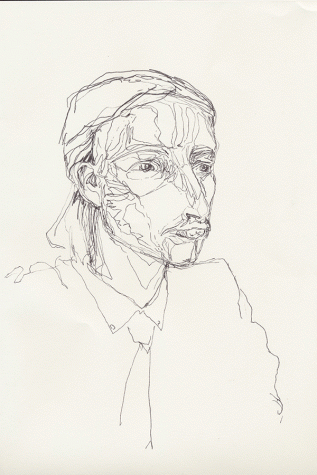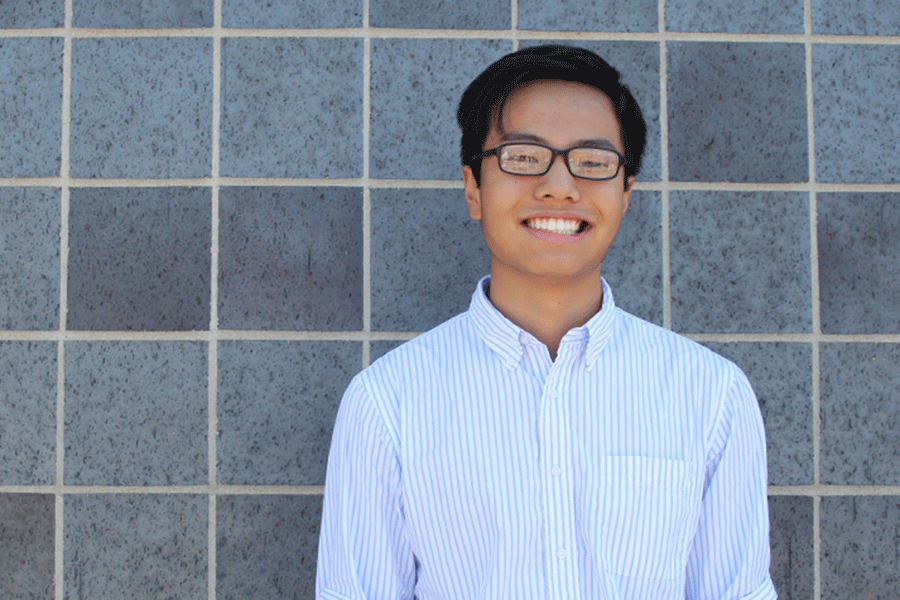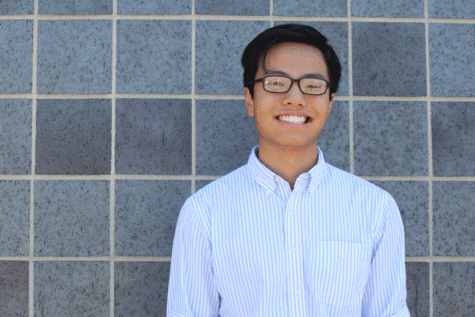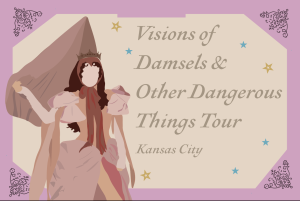Chen’s Canvas: Creating a portrait
January 7, 2016
It has been quite been quite a while since I’ve last posted a blog, but I’m back in action. The last blog of mine was probably posted almost a month ago and that was of a collage that I had completed. For this week’s examination, instead of purely focusing on an image, I’ll be giving advice on how to complete an accurate portrait.
The piece that I’ll be using as an example portrait was a sketch that I completed during class as a live figure study. Though finished in a fairly quick amount of time, the portrait provides a good study into the understanding of how to draw a portrait.

The portrait requirement was to analysis the face of our student teacher using a method called continuous line. The first thing, before I even began touching my pen to the paper, I envisioned what the picture might look like as a whole. I decided in my mind what style I wanted the portrait to look like and how I should capture the likeness of my subject.
Whenever I first start a portrait, I start with the eyes. I know many of us have been taught or seem to think that we must draw the oval for the face first, but I’m saying draw the eyes first for it allows for an accurate depiction of the subject.
Eyes are what make each individual unique and that’s why I focus first on eyes — in order to capture the true essence of my subjects. That essence is only further extended if the proportions of the individual are accurate.
In gathering the correct proportions for a portrait, you can take measurements by using your pencil as a ruler and guide. When focusing on your drawing, don’t solely look down at the paper; continue to look at your subject so that you are still seeing the subject that you are drawing. When you solely pay attention to the paper, you’ll begin to see things not as how they actually are, but as how you see them in your brain.
These are tips that I have followed for drawing portraits. Since the beginning of this year, I have completed a handful of portraits, and all have grown in likeness and accuracy. That brings up the point that you will only get better at art. If you were to see some of my portraits even from last year, you will see a noticeable difference in how much I have progressed.
Junior Jason Chen is quite the artist and his art reflects on a wide range of styles and topics through mediums that include watercolor, pen and ink, pencils and frequently a touch of acrylic. In AP Studio Art, his classmates regularly comment on having him “sacrificed to the art gods.”









